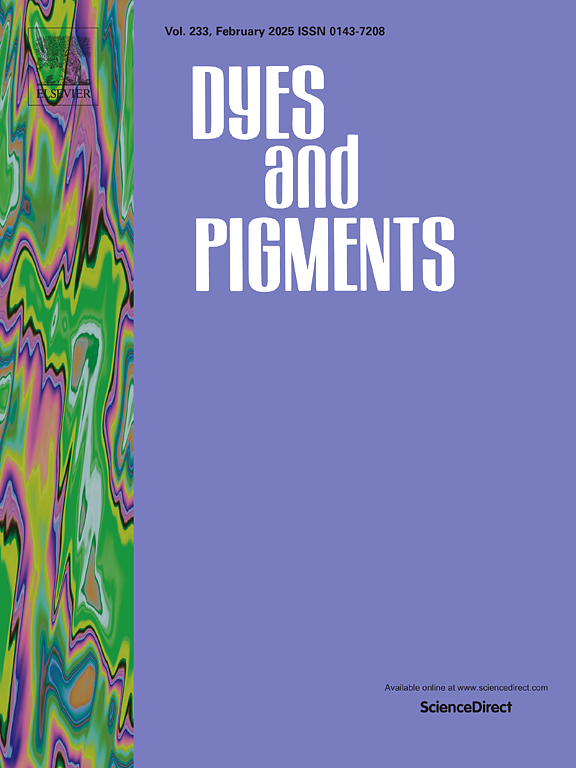Synthesis and fluorescence recognition properties of two Cd-MOFs based on different mixed ligands
IF 4.1
3区 工程技术
Q2 CHEMISTRY, APPLIED
引用次数: 0
Abstract
The proliferation of hazardous substances in natural environments, driven by industrial advancements, poses significant threats to ecosystems. Traditional analytical methods struggle with the detection of these pollutants due to their diversity and often trace concentrations. This work introduces two novel metal-organic frameworks (MOFs) synthesized from 2,6-bis(1-imidazolyl) naphthalene and transition metal ions for the first time. The MOFs were comprehensively characterized via using single-crystal X-ray diffraction (SCXRD), powder X-ray diffraction (PXRD), elemental analysis (EA), infrared (IR) spectroscopy and thermogravimetric analysis (TGA), further confirming their high purity, thermal stability and water resistance. Furthermore, the MOFs' fluorescence sensing was thoroughly tested, indicating high sensitivity and selectivity of Fe3+, CrO42−, Cr2O72−, acetone and nitroimidazole antibiotics. In addition, MOF 1 shows higher sensitive for DMZ than that of MOF 2. The outstanding stability and sensing of as-prepared samples via energy transfer or competitive absorption highlight their promise for environmental and medical sensing as well as advancing chemical sensor technology.
求助全文
约1分钟内获得全文
求助全文
来源期刊

Dyes and Pigments
工程技术-材料科学:纺织
CiteScore
8.20
自引率
13.30%
发文量
933
审稿时长
33 days
期刊介绍:
Dyes and Pigments covers the scientific and technical aspects of the chemistry and physics of dyes, pigments and their intermediates. Emphasis is placed on the properties of the colouring matters themselves rather than on their applications or the system in which they may be applied.
Thus the journal accepts research and review papers on the synthesis of dyes, pigments and intermediates, their physical or chemical properties, e.g. spectroscopic, surface, solution or solid state characteristics, the physical aspects of their preparation, e.g. precipitation, nucleation and growth, crystal formation, liquid crystalline characteristics, their photochemical, ecological or biological properties and the relationship between colour and chemical constitution. However, papers are considered which deal with the more fundamental aspects of colourant application and of the interactions of colourants with substrates or media.
The journal will interest a wide variety of workers in a range of disciplines whose work involves dyes, pigments and their intermediates, and provides a platform for investigators with common interests but diverse fields of activity such as cosmetics, reprographics, dye and pigment synthesis, medical research, polymers, etc.
 求助内容:
求助内容: 应助结果提醒方式:
应助结果提醒方式:


